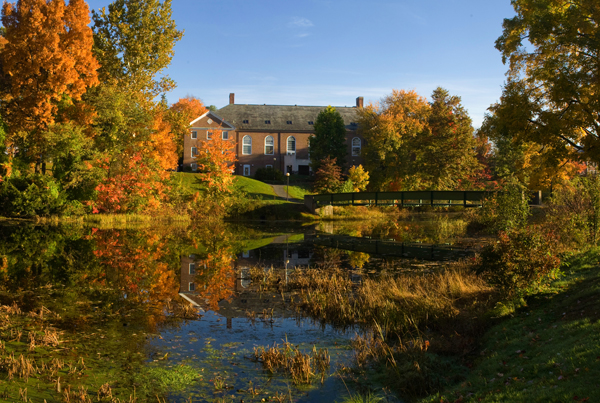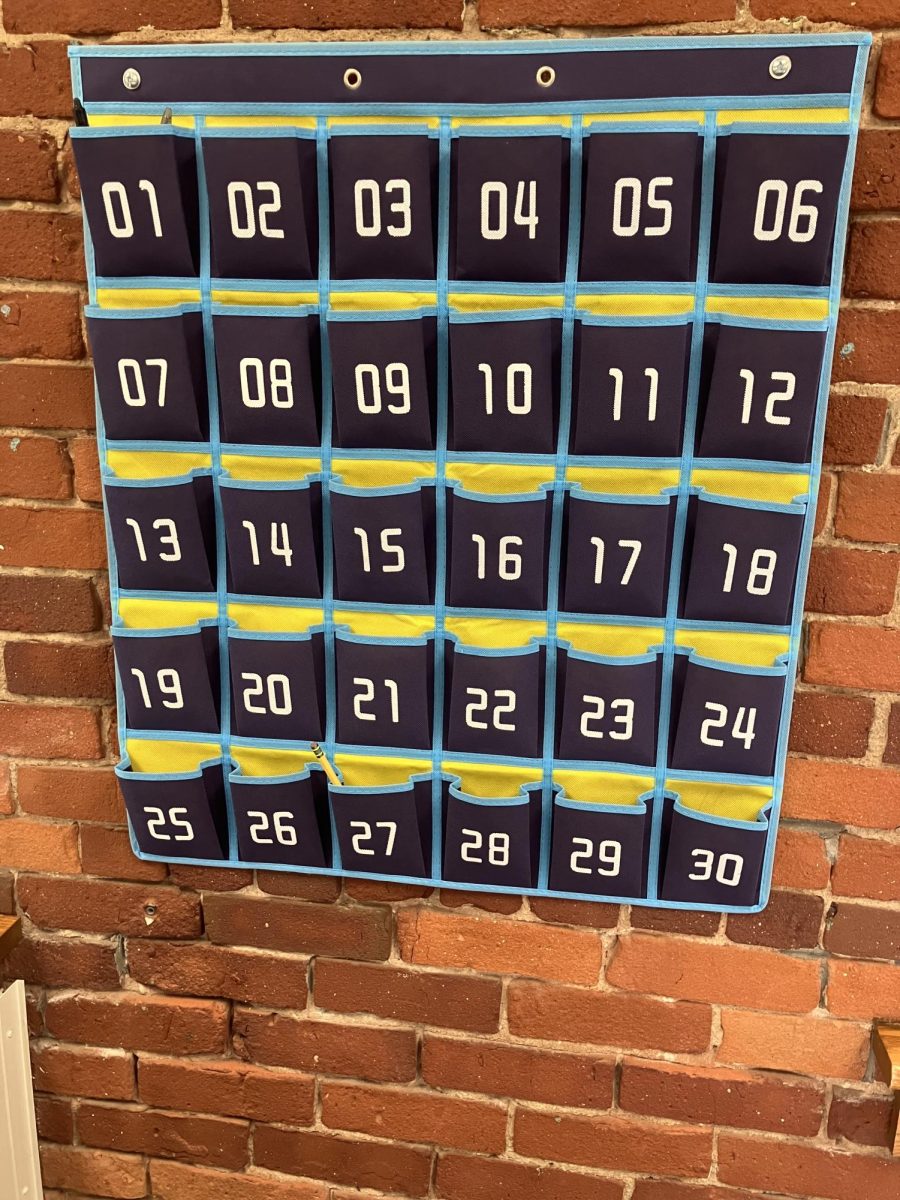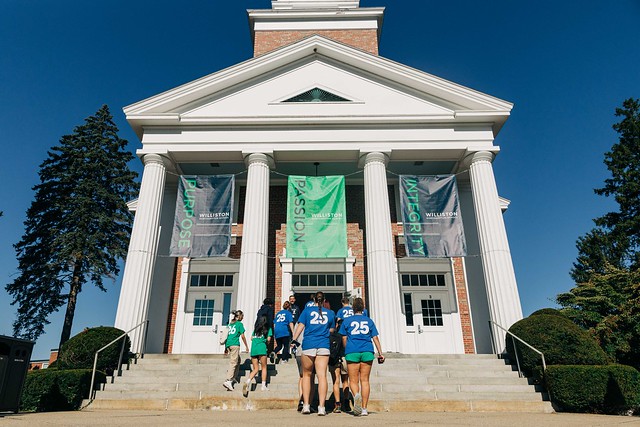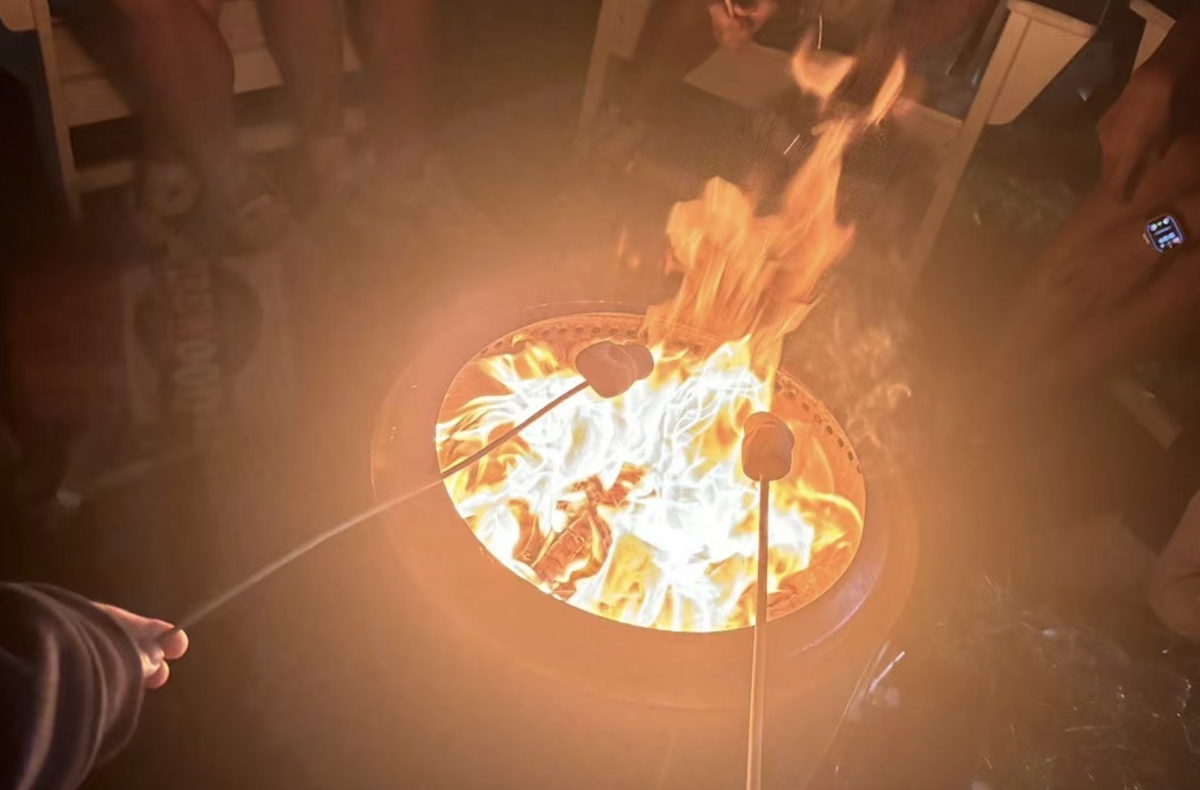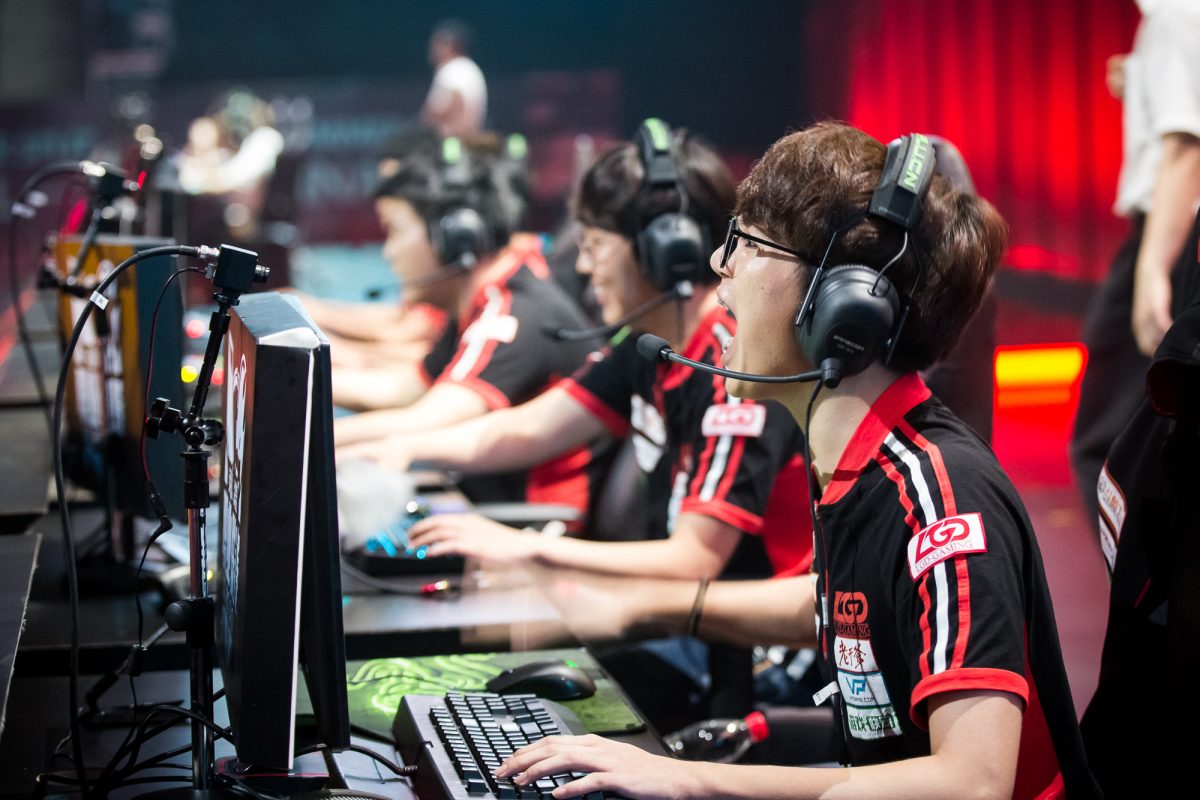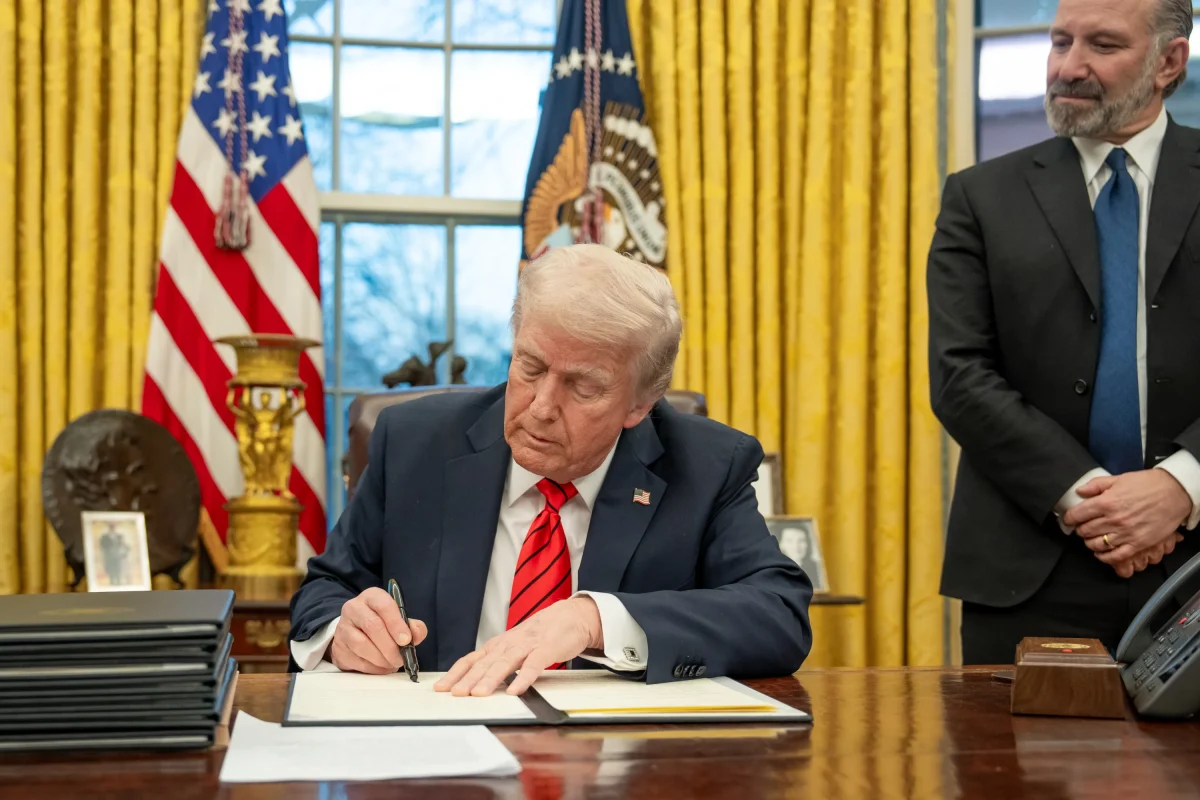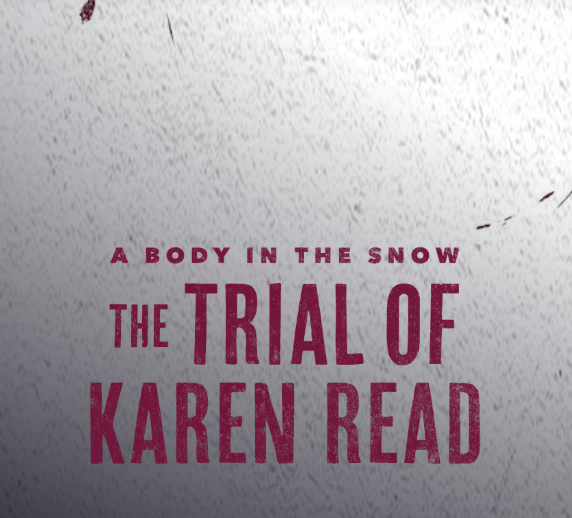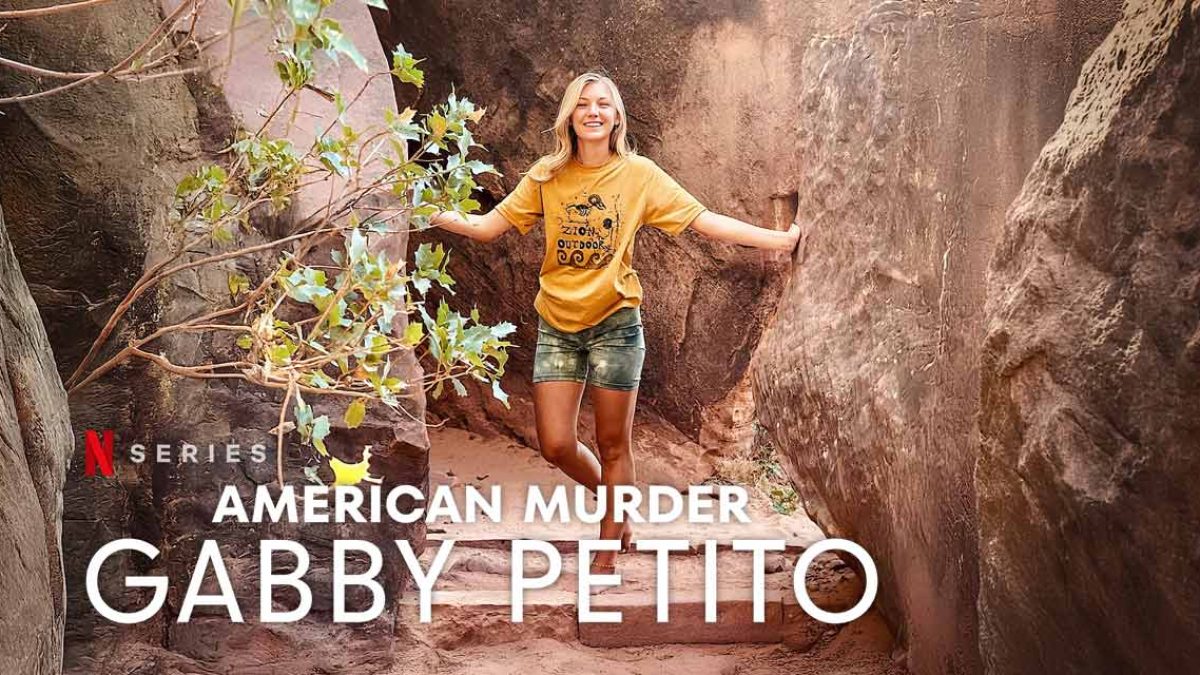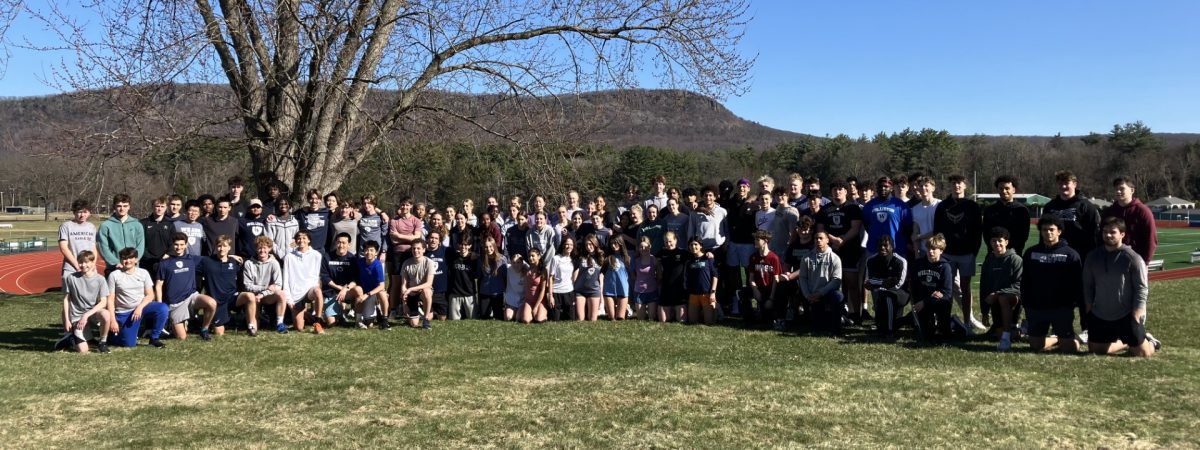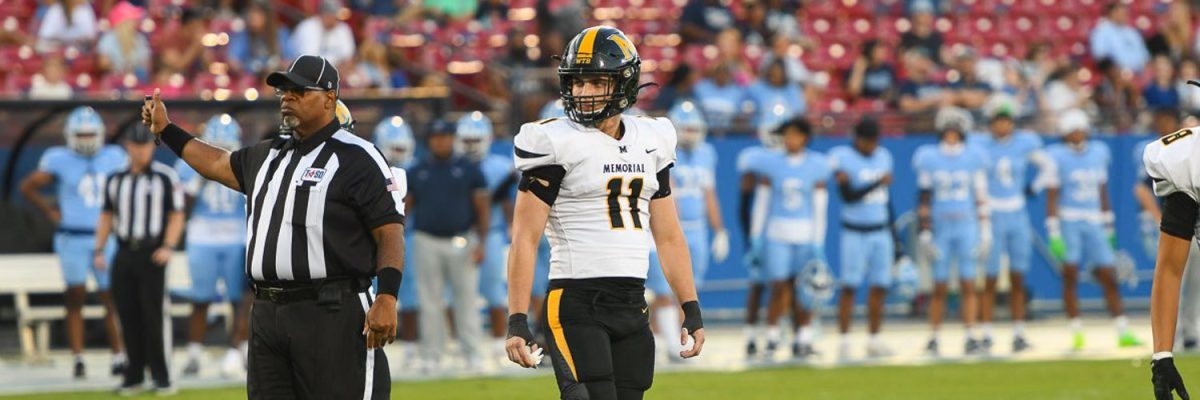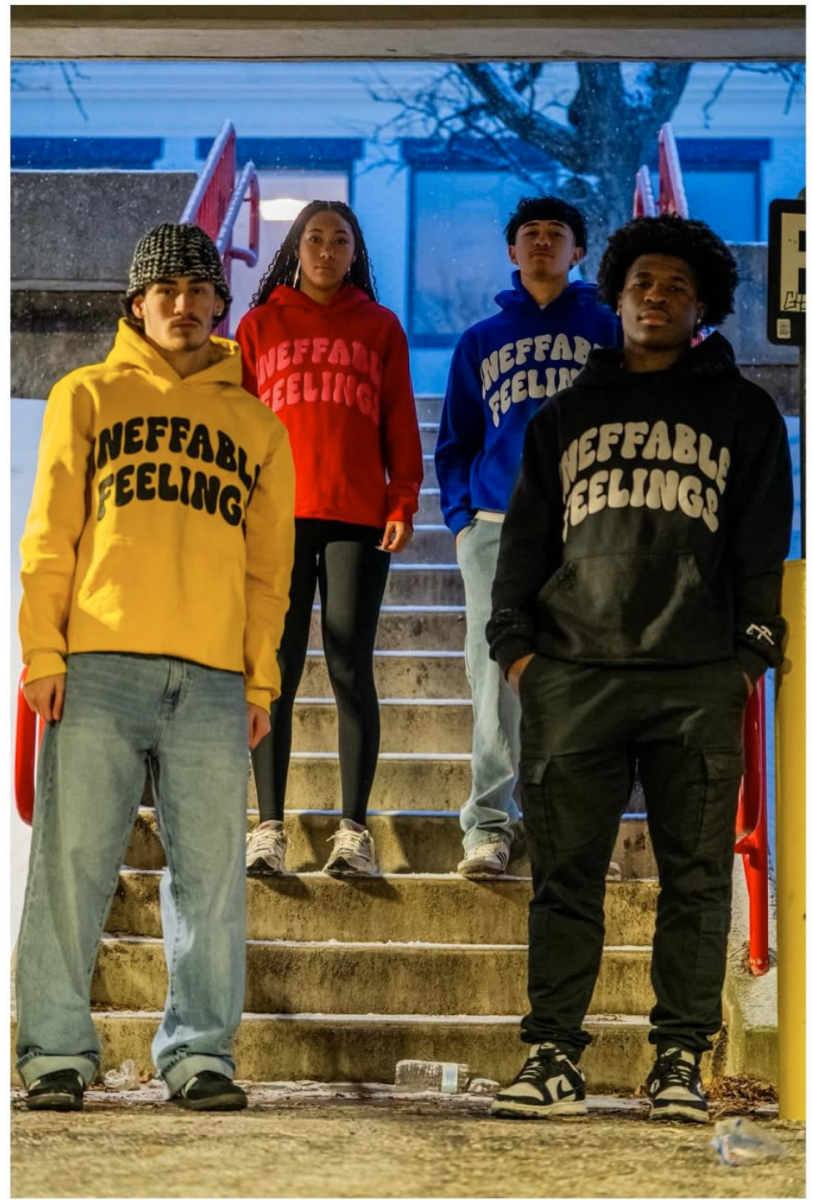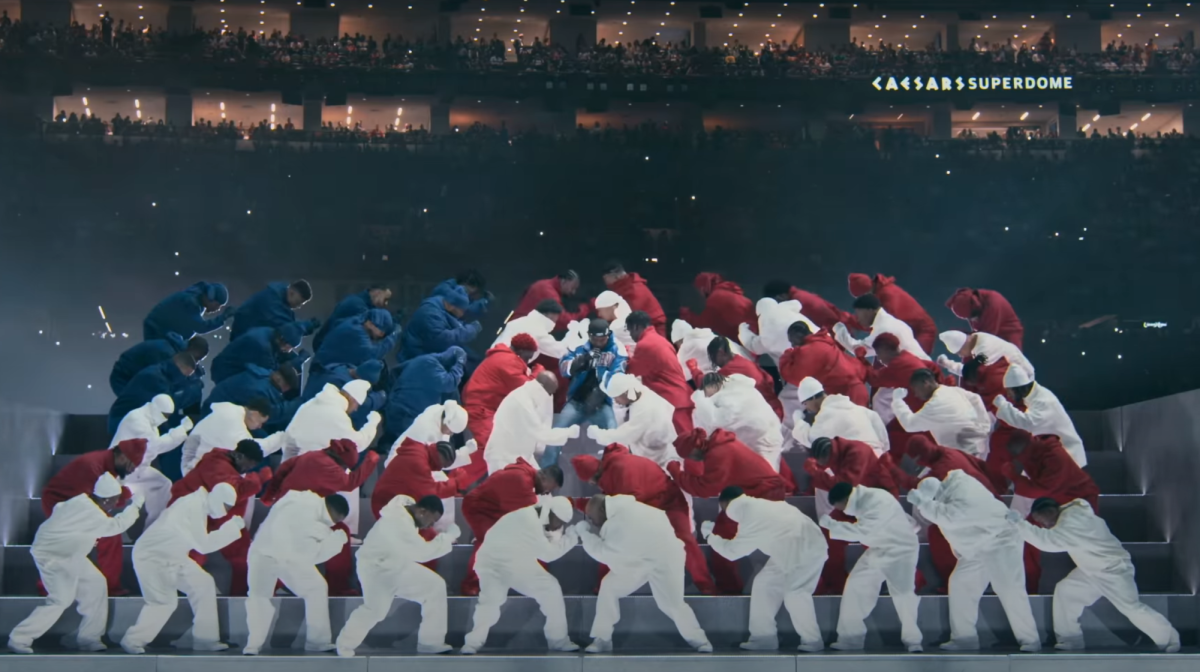Returning to your alma mater to teach is something not many people get to do. At Williston there are a few faculty members who have found their way back over the years. Getting a perspective of who these people were as students is important in understanding why they choose to come back—especially as the school itself has experienced so much change over time.
Williston sets students up for success and provides opportunities for career management, mentorship, and support. The strong alumni network allows graduates to stay connected and aware of employment openings, often leading to a resurgence of familiar faces working on campus.
Caroline Channell, the Assistant Dean of Students for Community Life, graduated from Williston in 2018 and is now in her second year on faculty. Channell was a day student, varsity athlete, performer, and “one of the first Wildest Cats,” while in high school. Before returning to Williston, Channell attended Haverford College, earning a BA in political science and minoring in economics and health studies.
“The Dean of Students at the time, Mrs. [Kathy] Noble, told me that she knew I would come back,” Channell said. “It was my worst fear, only because, subconsciously, I knew that I truly wanted to be a part of education.”
Channell’s experience resonates with many students, not just at Williston. The concept of working at the same place you went to high school feels too restrictive; but sometimes, it’s exactly what we’re looking for.
“I was working in a corporate job before Williston, and it was fine,” Channell said. “My issue was that I wanted to move around, be outside, make people laugh every day, and to actually make a difference and be able to see it.”
Channell recalled one of the toughest parts of having colleagues who were her own teachers less than 10 years before.
“The hardest adjustment, at first, was trying not to call others ‘Mr.’ and ‘Ms.’ and remembering to use their first names,” she said.
Lee Greener has worked at Williston for nine years; currently she is the Director of Admission and Financial Aid. She graduated from Williston in 2006 and went on to attend the University of South Carolina, majoring in accounting with a minor in psychology.
“My first year back on campus was filled with moments of what I would call duality, where I was in a space and experiencing it from this dystopic point of view or perspective as a student, but then also as an adult,” she explained.
Greener’s experience highlights the complex and often conflicting perspectives that arise when returning to a familiar environment after time away. As both a student and an adult, she found herself seeing the same space through extremely different lenses, this duality often creating discomfort. “One of my very first weekend duties I had to chaperone a dance … it was horrifying.”
Ed Hing, a 1977 graduate, is in his 28th and final year of teaching film and photography at Williston. Hing attended Williston shortly after its merger with the Northampton School for Girls and experienced the school’s early adjustment to co-educational learning.
“In 1977, it [Williston] was very artsy hippie, different from the way it is now,” he said. “When I came in to teach, Williston was losing that artistic core that it was renowned for. Sports are big business now.”
Despite the cultural change Hing has had to adjust to, he values his purpose as a mentor.
“I saw the impact that an adult can have on a teenager’s life, and it’s huge,” he said.



